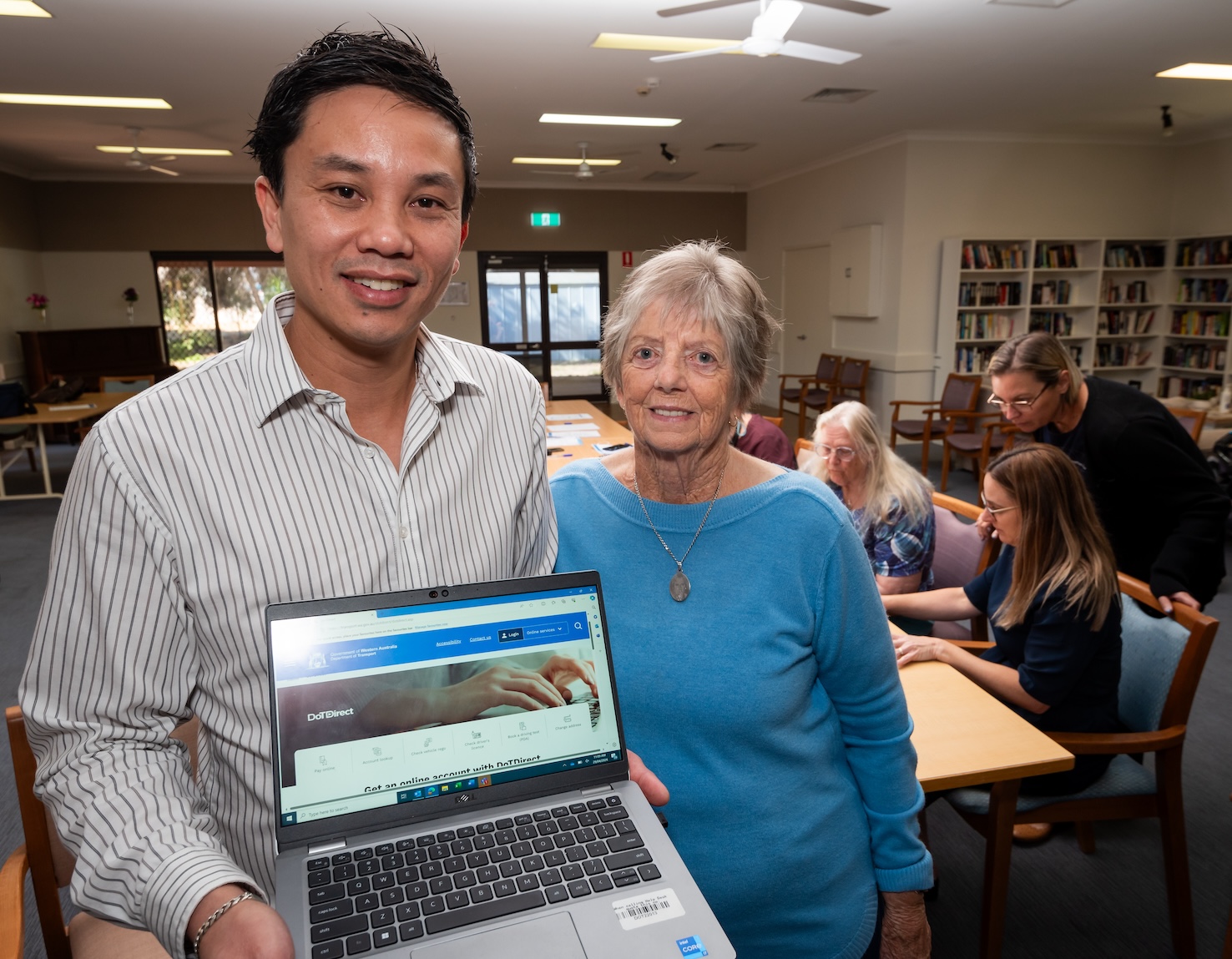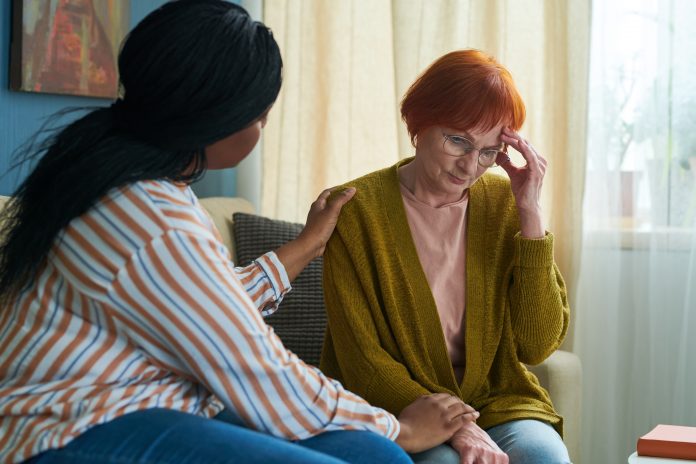One in six older Australians living in their own homes experience abuse, often from their adult children and other family members.
Yet it is a form of abuse poorly understood in the community, leaving people to suffer in silence.
New interview guidelines launched today at Parliament House by Minister for Seniors and Ageing Don Punch will give front line workers the tools to have effective and meaningful conversations with older people at risk of harm and create a pathway for support.
The guidelines were developed and created by researchers from the Social Ageing (SAGE) Futures Lab at Edith Cowan University (ECU) on behalf of the Older People’s Rights Service at Northern Suburbs Community Legal Centre with support from the Western Australian Government Department of Communities.
ECU Research Fellow Dr Catriona Stevens said despite elder abuse being a common problem, older people often don’t get the help they need.
“With the right responses, we can make it easier for those working with older people, and the wider community, to support them,” she said.
The guidelines are the first of their kind and respond to researchcommissioned as an initiative of the WA Strategy to Respond to the Abuse of Older People (Elder Abuse) 2019 – 2029. The study investigated how professionals working in a wide range of sectors respond to cases of abuse and suspected cases of abuse of older people. It identified the need for interviewing guidelines to support professionals working with older people who have experienced or are at risk of elder abuse.
Minister for Seniors and Ageing Don Punch said: “Older Western Australians have the right to feel safe and to be treated with dignity and respect in our community.
“This guide will give service providers the tools to have effective and meaningful conversations with seniors at risk of harm.
“I would like to acknowledge and thank the team of researchers, industry experts and individuals who contributed to this important body of work.”
Dr Stevens said older people were a rapidly growing part of our community and interactions with them were likely to become increasingly common for service providers such as legal and justice professionals, law enforcement, financial advisors and others.
“These new guidelines are unique because they specifically address older people’s communication needs, which are different to other people experiencing trauma,” she said.
“They may be emotional or physical and they vary from person to person.
“It’s very important that professionals who encounter older people at risk of or experiencing harm know how to respond to those communication needs so they can effectively engage in conversations, earn trust, and understand personal circumstances before they become even more acute.”
What is elder abuse?
Elder abuse is defined as a single or repeated act, or lack of appropriate action, that occurs in a relationship with an older person where there is an expectation of trust and where that action causes harm or distress to the older person.
The types of abuse Western Australian older people experience include financial abuse, neglect, psychological abuse, social abuse, physical abuse and sexual abuse.
Recognising red flags
Dr Stevens said there was generally little public awareness about what abuse of older people is and how to identify the warning signs.
“Evidence from a recent national prevalence study shows that older people are less likely to recognise abuse than younger people and are more likely to think that abusive behaviours are justified,” she said.
Dr Stevens said older people living at home most commonly experience harm perpetrated by family or people in family-like relationships.
“It’s therefore critically important to explore complex family dynamics and consider if and how they might contribute to risk,” she said.
Vulnerability can also arise from personal characteristics such as disability, poor mental or physical health or from external factors such as housing insecurity or limited access to appropriate services.
Dr Stevens said the guide covered a range of interviewing best practice guidelines including working with complex life histories and family dynamics; ageism: recognising and addressing biases; interviewing diverse older adults; advance preparation for interviews; interview environments and arrangements; strategies and techniques; and closure, advice and follow-up action.
“When an older person at risk of harm is attending an interview, they may be experiencing one of the most difficult and traumatic points in their life,” she said.
“The manner and way the person interviewing them approaches the conversation is critical to how the older person responds and can influence how much information they are willing to share.
“Importantly, it may also play a significant role in determining the next steps to help that older person.”
‘Best practice guidelines for interviewing older people at risk’ was created by ECU researchers Dr Catriona Stevens, Professor Loretta Baldassar, and Carleze Du Plooy.
The process was guided by an advisory group comprising representatives of the following organisations: Advocare, Council on the Ageing WA (COTA WA), Northern Suburbs Community Legal Centre, Centre for Women’s Safety and Wellbeing; Office of the Commissioner for Victims of Crime, WA Department of Communities and WA Police Force.































